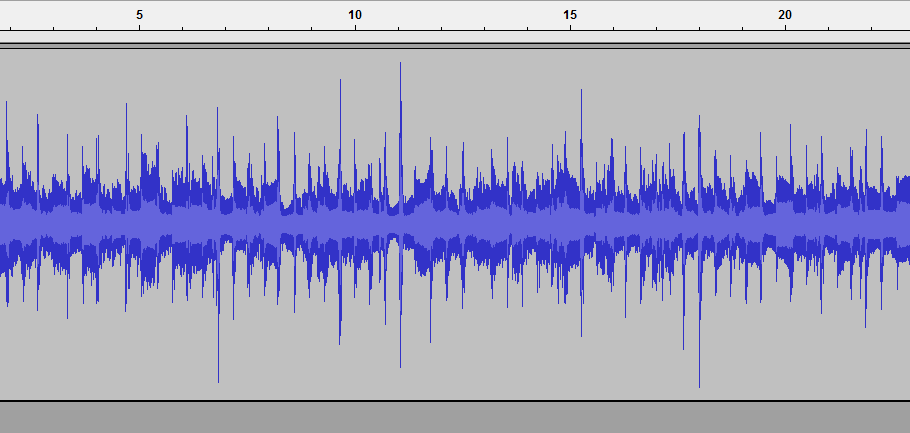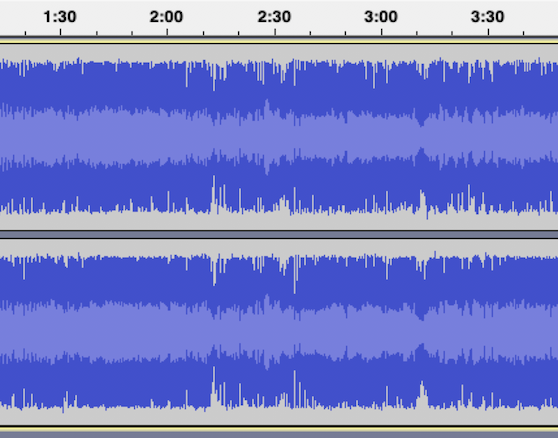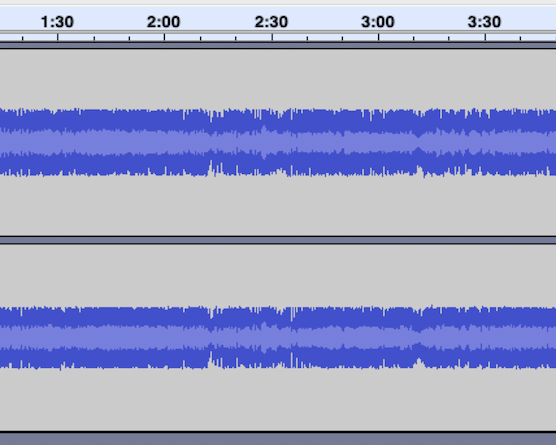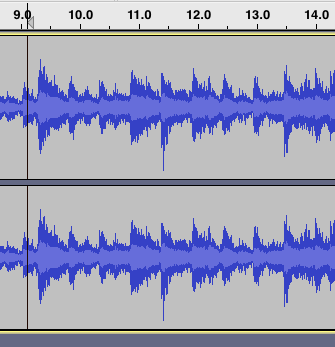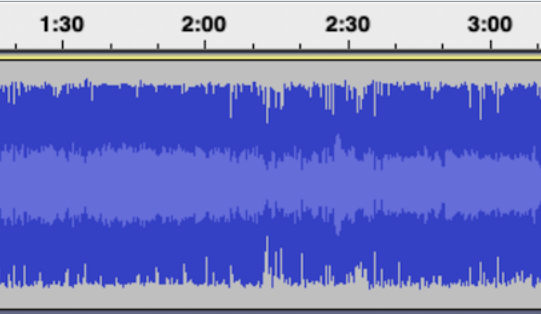Audacity 2.3.2
macOS Catalina 10.15.2
Hello! I’m arranging live music tracks (files) I’ve acquired into compilations (like old fashioned “mix tapes”), and I’m using Audacity to apply basic edits such as fading in and fading out. The tracks are from various sources and are various quality, but they are all recordings of rock bands.
I’ve found the Normalize effect to be very useful for making all the tracks have a similar volume level. However, sometimes I come across a track that has just a few sharp peaks in volume - this is a good example. Here the peak at 3:00 is a snare drum hit that’s significantly louder than anything else:
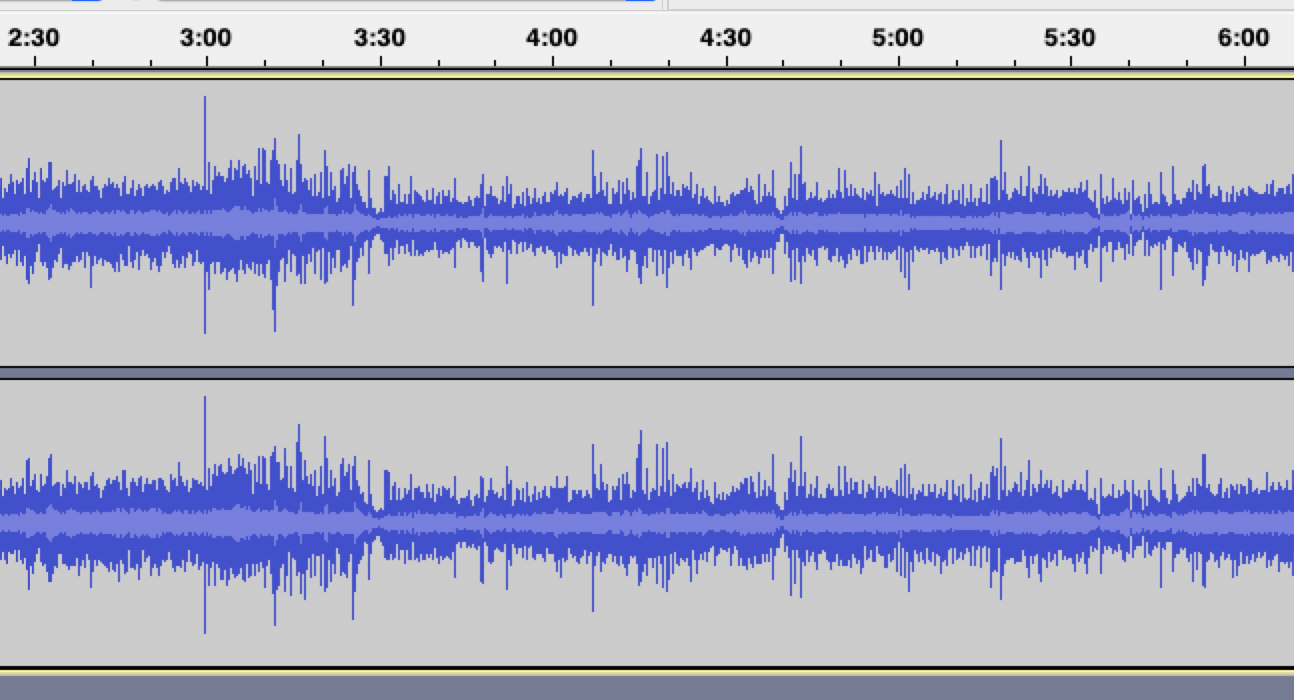
The track as you see it here has already been normalized to the default setting of -1.0 dB, but it sounds significantly quieter than other tracks in my compilations (I assume it’s because there are a few peaks in volume that are very steep and high compared to everything else in the recording). So the listener is probably going to have to adjust the volume of their player as they listen, and I’d really like to avoid that.
I think the Compressor effect is what I might use in this situation:
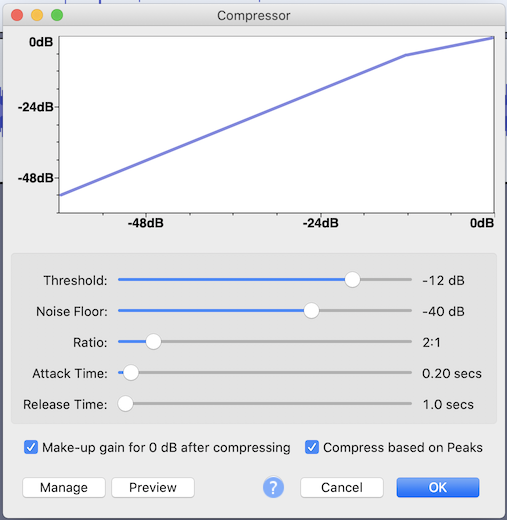
But I’m rather new to editing audio and I don’t know what the best settings for the effect are, given my situation. Would it be possible for someone to recommend the best settings to use for editing live music when there are a handful of tall peaks in volume?
Thank you!
